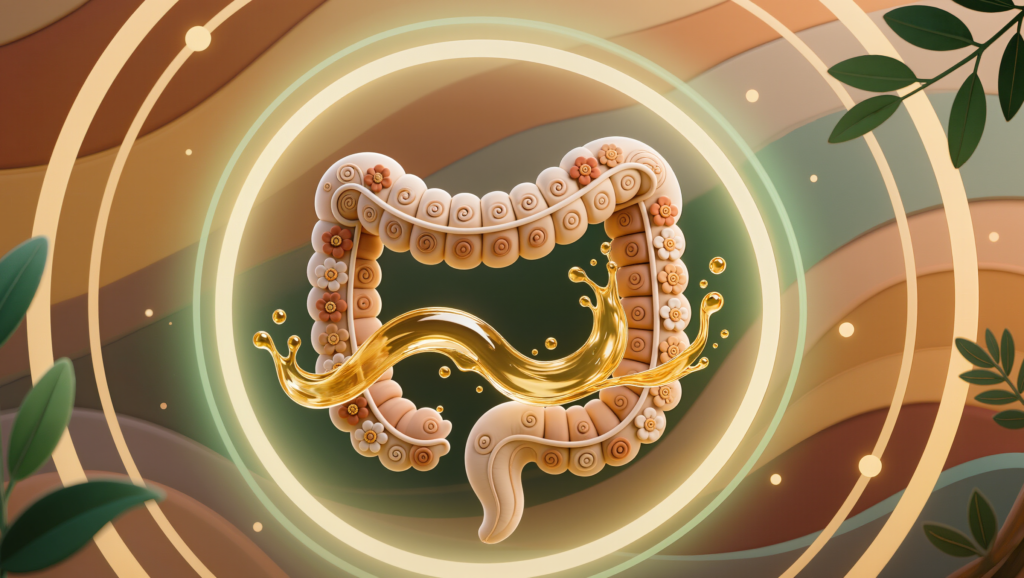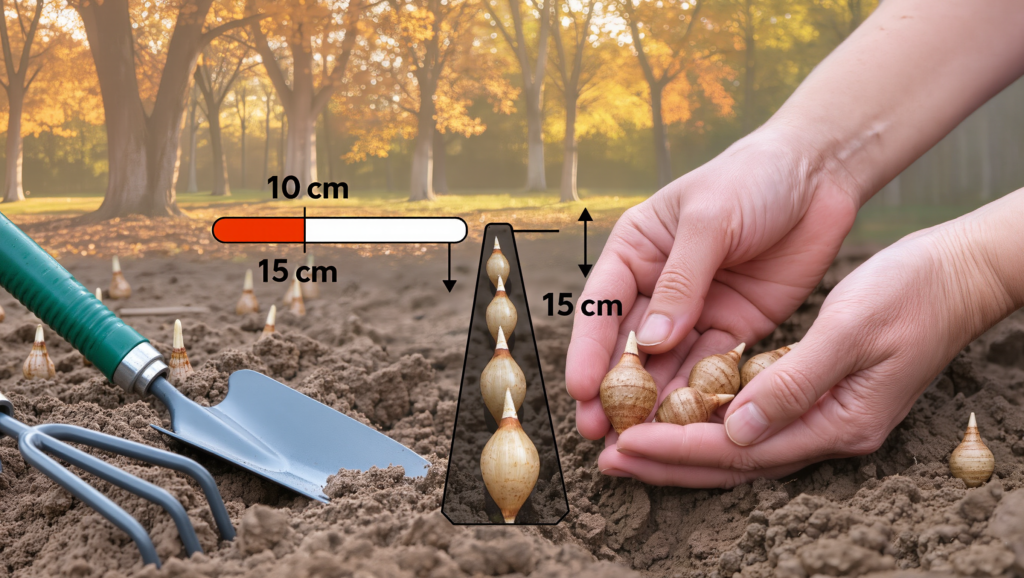If you think prebiotics are just about fiber, think again—a thriving gut microbiome needs far more than roughage, and not all so-called “prebiotic” foods are created equal. In this deep dive, we’ll break down the five best and five worst prebiotic foods for gut health, busting misconceptions, spotlighting research, and giving you clear, actionable tips for your next grocery run. The result? A healthier, happier belly—without guesswork.
What Are Prebiotics? (And Why Gut Health Is More Than Just Fiber)
Prebiotics are compounds—mainly fibers, but also certain polyphenols, resistant starches, and carbs—that feed and fuel your “good” gut bacteria, resulting in a stronger, more diverse microbiome. But simply eating “more fiber” doesn’t guarantee healthier digestion. The science now shows that the type of prebiotics matters, and some foods touted as “gut-friendly” can do more harm than good depending on your gut’s needs.
True prebiotic foods must:
- Resist upper GI digestion and arrive mostly intact to your gut
- Actively fuel the growth of healthy bacteria (like Bifidobacteria and Lactobacillus)
- Often, but not always, contain inulin, FOS (fructooligosaccharides), or other fermentable fibers and phytochemicals
The 5 Best Prebiotic Foods for a Healthy Gut
Each of these foods isn’t just rich in generic fiber—they deliver specific compounds shown to boost friendly bacteria and support immune health, mood, and digestion.
1. Chicory Root
- Why it’s special: Up to 68% of chicory’s fiber is pure inulin, the gold-standard prebiotic.
- Benefits: Increases populations of Bifidobacteria, helps relieve constipation, and may ease blood sugar surges.
- How to use: Add roasted chicory to coffee or blend chicory root powder into smoothies and energy bites.
2. Jerusalem Artichoke (Sunchoke)
- Compounds: Exceptionally high in inulin and resistant starch.
- Benefits: Supports butyrate-producing bacteria, enhances mineral absorption, and encourages gut diversity.
- Use: Roast or grate raw into salads for a crisp, nutty bite.
3. Garlic
- More than inulin: Contains inulin and plant polyphenols that work together to suppress harmful bacteria and boost beneficial strains.
- Effects: Promotes Bifidobacteria, lowers inflammation, and may protect gut lining.
- Kitchen tip: Use raw garlic in dressings, pestos, or add to cooked dishes toward the end for maximal benefits.
4. Onions
- Prebiotic powerhouses: Rich in FOS (fructooligosaccharides) and inulin; easy to add to nearly any diet.
- Science: Strongly associated with increased gut microbial diversity.
- Delicious everywhere: Sauteed, raw, roasted, or fermented—onions are endlessly versatile.
5. Green (Unripe) Bananas
- Resistant starch: High in RS2 starch, which acts as a fermentable prebiotic, especially when bananas are green or “just yellow.”
- Benefits: Selectively boosts certain bacteria, improves stool consistency, and supports long-term colon health.
- Pro tip: Add to smoothies or make a “banana flour” for gluten-free, prebiotic-rich baking.
| Food | Key Prebiotic Compound | Notable Benefit | Extra Nutrient |
|---|---|---|---|
| Chicory root | Inulin | Boosts Bifido | Potassium, antioxidant |
| Jerusalem artichoke | Inulin, RS2 | Enhances butyrate | Iron, thiamine |
| Garlic | Inulin, polyphenols | Anti-inflammatory | Selenium, vit C |
| Onions | Inulin, FOS | Diversity booster | Quercetin, manganese |
| Green banana | Resistant starch | Better bowels | Vit B6, magnesium |
The 5 Worst “Prebiotic” Foods for Your Gut
Some foods claim to be gut-friendly or “fiber-rich,” yet can backfire by disrupting gut balance, encouraging the wrong bacteria, or causing extra irritation for many people.
1. Processed Fiber-Added Snacks
- Why they’re bad: Snack bars, cereals, or cookies labeled “added fiber” often use highly refined isolates that can cause gas, bloating, and unpredictable microbe shifts—especially if you’re sensitive or already have IBS.
- Research: Highly-processed fibers don’t mimic natural food structures, possibly leading to an overgrowth of certain bacteria or even pathogenic strains.
2. Artificial Sweeteners (Aspartame, Sucralose)
- Gut impact: Even though technically calorie-free, these sweeteners have been linked to harmful alterations in gut flora, increased inflammation, and glucose intolerance.
- Science: Aspartame and sucralose can reduce healthy strains, slow glucose metabolism, and flip microbial “genes” in negative ways.
3. High-FODMAP Foods (for Some)
- Not “bad” for all: While many FODMAP-rich foods (like wheat, legumes, dairy) act as prebiotics for most, in folks with IBS, they can cause bloating, gas, and GI upset.
- Key distinction: If your gut is healthy, these are fine; if not, watch for personal triggers.
4. Inulin-Loaded Fiber Powders
- Isolated problem: Consuming large doses of inulin (often added to “gut health” supplements or yogurts) can unbalance certain bacteria and trigger GI issues, rather than gently nourishing gut flora.
- Advice: Prefer inulin from whole foods, not isolates.
5. “Gut-Healthy” Ultra-Processed Foods
- Examples: “Probiotic” sodas, fiber-enriched cookies, or other ultra-processed health foods boasting a “prebiotic” or “gut” claim.
- Risk: Highly processed foods—even with added prebiotics—are associated with worse gut health outcomes over time, due to additives, sweeteners, and lack of natural food co-factors.
- Bottom line: Eating real, minimally processed foods matters far more than any isolated prebiotic supplement.
| Food/Ingredient | Problem for Gut | Key Reason |
|---|---|---|
| Fiber-added snacks | Bloating/gas | Processed, unnatural fiber |
| Artificial sweeteners | Dysbiosis, intolerance | Harmful microbiome shifts |
| FODMAP-rich foods (for IBS) | Irregularity | Fermentation overload |
| Inulin fiber powders | Gas, imbalance | High-dose, low diversity |
| Probiotic/Prebiotic sodas | Irritation, sugar | Ultra-processed, additives |
A Deeper Look: It’s About Diversity, not Just Fiber
Emerging research shows the need for a diverse, plant-rich diet filled with real whole prebiotic sources—not just whiz-bang supplements or added fibers. Certain polyphenols (in cacao, apples, or berries), starchy vegetables, raw nuts, and fermented vegetables can all act as natural prebiotics by selectively feeding good bacteria while starving the bad.
Best of all, these foods come bundled with antioxidants, minerals, and plant compounds that regulate immunity, mood, and energy—holistic benefits you won’t get from a fiber supplement alone.
Tips for a Genuinely Gut-Friendly Diet
- Prioritize plant diversity: Aim for 25–30 different plants a week to support the widest range of healthy microbes.
- Eat your prebiotics raw or lightly cooked: Heat can destroy some prebiotic compounds, especially in alliums.
- Pair prebiotics with probiotics: Having sauerkraut and onions, or yogurt and banana, can amplify gut healing effects.
- Rotate your prebiotic foods: Mix up your sources often to keep gut flora thriving, and listen to your body’s signals.
The Bottom Line
A healthy gut isn’t about the highest fiber content or the slickest “prebiotic supplement.” It’s about eating real, whole foods that nourish your gut bacteria in a balanced, sustainable way while avoiding overprocessed and gut-disruptive marketed “gut health” products. Choose whole, organic, and diverse prebiotic sources like chicory, garlic, onions, Jerusalem artichokes, and green bananas—and think twice before falling for the latest fiber-fortified snack or soda. Listen to the science, but trust your gut, too.
Did you find this article helpful? Support us by following us on our social media for more content on natural health and wellness:: Youtube, Instagram, Facebook, Pinterest, Twitter (X)








